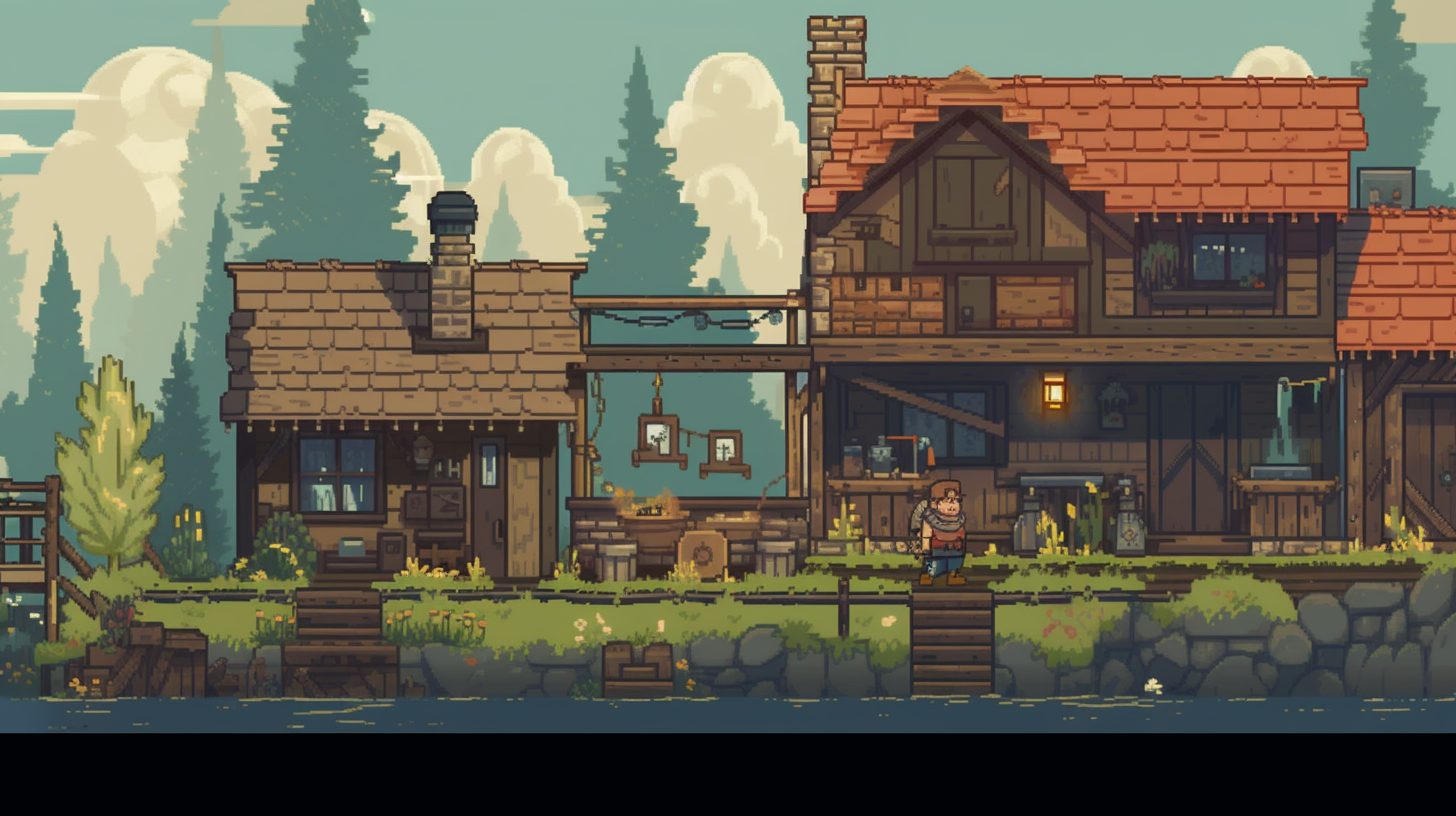A Game Design Document (GDD) is an essential tool in game development, acting as a blueprint for the entire project. This comprehensive guide will explore the importance of GDD, its components, and how to create one effectively to ensure a successful game development process.
The Role of a Game Design Document
1. Communication and Collaboration
A GDD is crucial for facilitating communication and collaboration among team members, ensuring everyone is on the same page. It serves as a reference point for programmers, artists, designers, and other stakeholders, helping to clarify the game’s vision, mechanics, and technical requirements.
2. Project Management and Tracking Progress
With a GDD in place, project managers can better estimate timelines, allocate resources, and track the development progress. The document helps identify potential bottlenecks, prioritize tasks, and ensure the team stays on schedule and within budget.
3. Reducing Risks and Improving Quality
Creating a GDD allows game developers to identify potential risks and challenges early in the process. This proactive approach can help prevent costly mistakes, save time, and ensure a higher-quality end product.
Components of a Game Design Document
1. Game Overview
The game overview provides a high-level description of the game, including its genre, target audience, platforms, and unique selling points. It should capture the essence of the game and convey its core concept in a concise manner.
2. Story and Characters
This section outlines the game’s narrative, including the plot, backstory, setting, and characters. It should provide enough detail to guide writers, artists, and designers throughout the development process.
3. Gameplay Mechanics
The gameplay mechanics section describes the core gameplay loop, controls, and user interface. It should also cover game systems such as combat, economy, and progression. This information is vital for programmers and designers to understand the game’s intended mechanics and features.
4. Level Design and World Building
This component covers the game’s level design, including layout, objectives, challenges, and rewards. It should also address world building elements like environment, art style, and audio design, providing a clear vision for the overall aesthetic and feel of the game.
5. Technical Requirements
The technical requirements section outlines the hardware and software specifications, platform compatibility, and performance targets. It helps the development team understand the technical constraints and optimize the game accordingly.
Creating an Effective Game Design Document
1. Keep it concise and clear: A GDD should be easy to understand, with concise language and clear structure. Avoid using jargon or overly complex terminology, and focus on providing relevant, actionable information.
2. Use visuals: Including concept art, diagrams, and flowcharts can help convey ideas more effectively than text alone. Visuals can improve comprehension and make the document more engaging for the development team.
3. Update regularly: As the development process progresses, changes and revisions will be inevitable. Keep the GDD up to date, ensuring it remains a reliable reference for the team throughout the project.
4. Seek feedback: Encourage team members to provide feedback on the GDD, as their insights can help identify potential issues or improvements. Open communication and collaboration are key to creating a successful game design document.
5. Organize and structure the document
Organize your GDD into well-structured sections and subsections, making it easy for team members to navigate and find the information they need. Use headings, subheadings, and bullet points to break up large blocks of text and improve readability.
6. Focus on the most important details: While it’s essential to provide comprehensive information, don’t get bogged down in minutiae. Focus on the most critical aspects of the game, and avoid including unnecessary details that could distract from the core concept and vision.
Benefits of a Well-Crafted Game Design Document
1. Faster and more efficient development
With a clear and comprehensive GDD in place, the development team can work more efficiently and avoid misunderstandings or miscommunications that can derail the project. This helps to speed up the development process and ensures that the final product meets the desired specifications.
2. Improved team collaboration
A GDD fosters collaboration by providing a common reference point for all team members. This enables them to work together more effectively, sharing ideas and insights that can help refine the game’s design and improve the overall quality of the finished product.
3. Better project management
Project managers can use the GDD to track progress, allocate resources, and manage timelines more effectively. This helps to ensure the project stays on schedule and within budget, minimizing the risk of delays or cost overruns.
4. Enhanced creativity
Creating a GDD encourages game designers to think through every aspect of their game, from the story and characters to the mechanics and level design. This process can spark new ideas and inspire creative solutions to challenges, resulting in a more innovative and engaging final product.
5. Greater likelihood of success
A well-crafted GDD can greatly increase the chances of a game’s success, as it helps to ensure that the final product is polished, engaging, and true to the original vision. This can lead to better reviews, higher sales, and a more satisfied player base.
In conclusion, a Game Design Document is a vital tool for any game development project, providing a blueprint that guides the entire process. By understanding the importance of a GDD, its components, and best practices for creating one, you can significantly improve your chances of success in the competitive world of game development.







